Image to Code GPT - Web Design to Code Conversion

Welcome! Let's convert your design into clean web code.
Transforming Designs into Code, AI-Powered Precision
Convert this design image into a web page using Tailwind CSS:
Generate HTML and CSS code for this UI layout:
Create a responsive web design based on this visual mockup:
Transform this graphic into a functional webpage using Bootstrap:
Get Embed Code
Overview of Image to Code GPT
Image to Code GPT is a specialized AI tool designed to convert visual designs into web code. Its core functionality lies in interpreting images that depict website or UI designs and generating corresponding HTML, CSS, and JavaScript code. This tool is particularly focused on minimalism and accuracy, ensuring that the generated code closely mirrors the provided design. It avoids adding extraneous elements that are not present in the original design, maintaining fidelity to the user's vision. Powered by ChatGPT-4o。

Core Functions of Image to Code GPT
Conversion of Design Images to Web Code
Example
Given an image of a webpage layout, Image to Code GPT can produce HTML structure and CSS styling that replicates the design. For instance, if provided with an image of a navigation bar, the tool generates the HTML elements and the CSS required to recreate the bar's look and feel.
Scenario
A web designer has created a visual mockup of a website's homepage in a graphic design tool and wants to quickly convert this into a working webpage.
Adaptation to Specific CSS Frameworks and UI Libraries
Example
If a user prefers to use Bootstrap or Tailwind CSS, Image to Code GPT tailors the generated CSS to fit within these frameworks, making integration into existing projects seamless.
Scenario
A frontend developer working with React and Tailwind CSS needs to implement a design mockup while ensuring consistency with their existing codebase.
Placeholder Integration for Images and Dynamic Content
Example
In designs that include images or areas meant for dynamic content, Image to Code GPT includes placeholders in the generated code, allowing users to easily replace these with actual content paths or dynamic data sources.
Scenario
A UI developer needs to prototype a blog page layout which includes placeholders for images and text that will later be sourced from a CMS.
Target User Groups for Image to Code GPT
Web Designers and Frontend Developers
Professionals who frequently translate visual designs into code will find this tool invaluable for speeding up the development process. It aids in rapidly prototyping and refining user interfaces, especially in the early stages of development.
Students and Learners in Web Development
Individuals learning web development can use this tool to understand how design elements are translated into code, providing a practical, hands-on learning experience.
Small Business Owners and Entrepreneurs
For those who need to quickly set up a web presence without deep technical expertise, this tool can convert simple design ideas into functional websites, enabling a faster go-to-market for their online platforms.

Using Image to Code GPT
Trial Access
Start by visiting yeschat.ai for a complimentary trial, no login or ChatGPT Plus required.
Image Submission
Upload a visual design image that you want to convert into web code. Ensure the design is clear and detailed for accurate code generation.
Framework Selection
Specify your preferred CSS framework and UI or JavaScript library. This helps in tailoring the generated code to your development environment.
Code Generation
Receive the generated web code, including detailed CSS styling. The code will have placeholders for images, which you can replace with actual image paths.
Customization and Testing
Customize the code as needed and test it in your web environment. Ensure that the design closely matches your original image.
Try other advanced and practical GPTs
Prompt 优化大师
优化您的 ChatGPT 体验
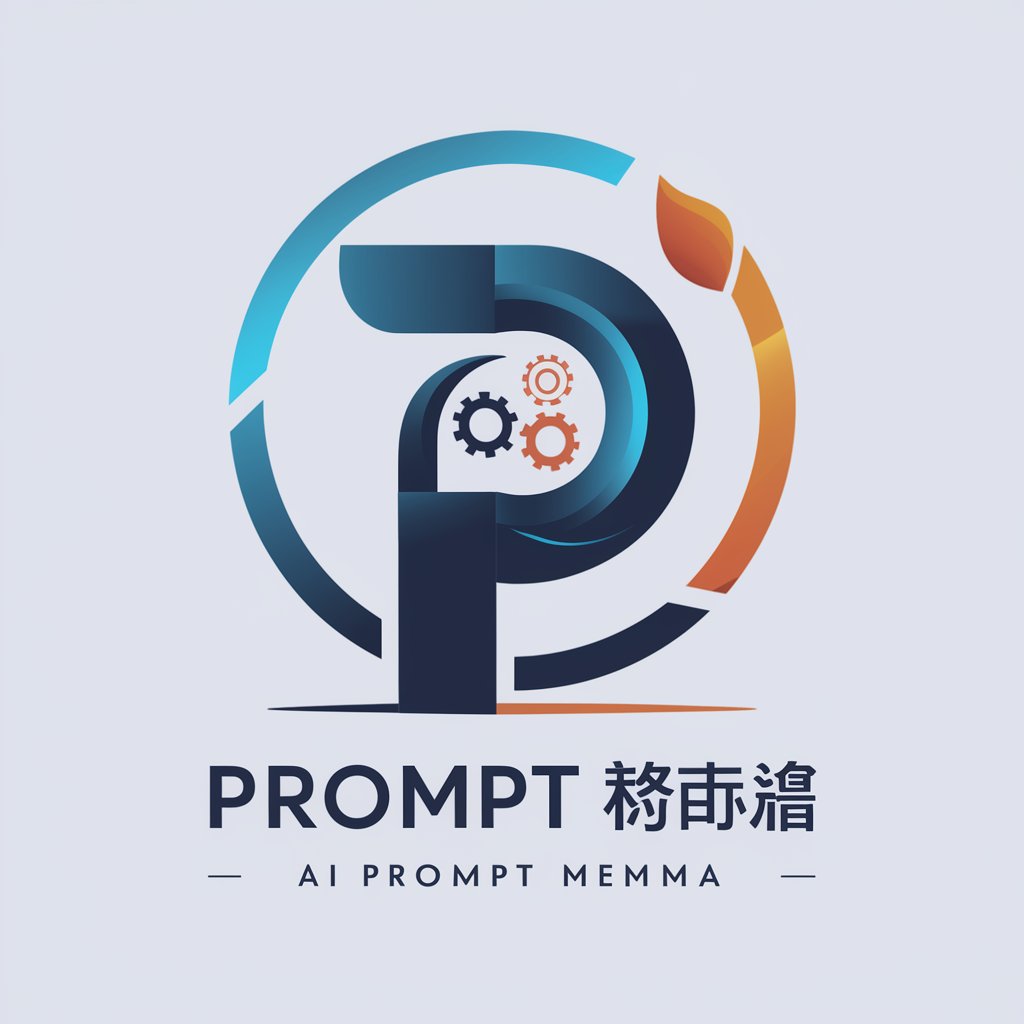
Custom GPT Creator
Empowering Creativity with AI Intelligence
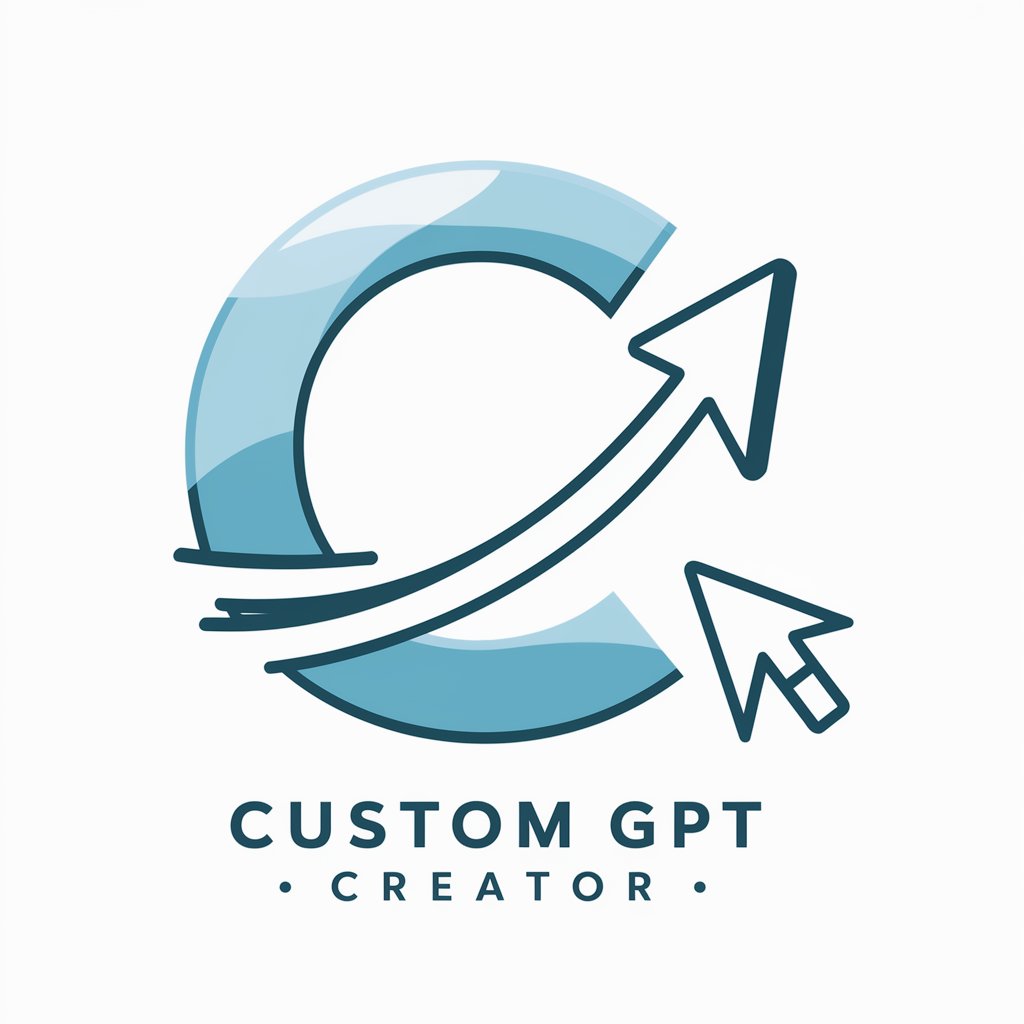
Mystic Sage(算命神器)
Unlock Your Destiny with AI-Powered Insights
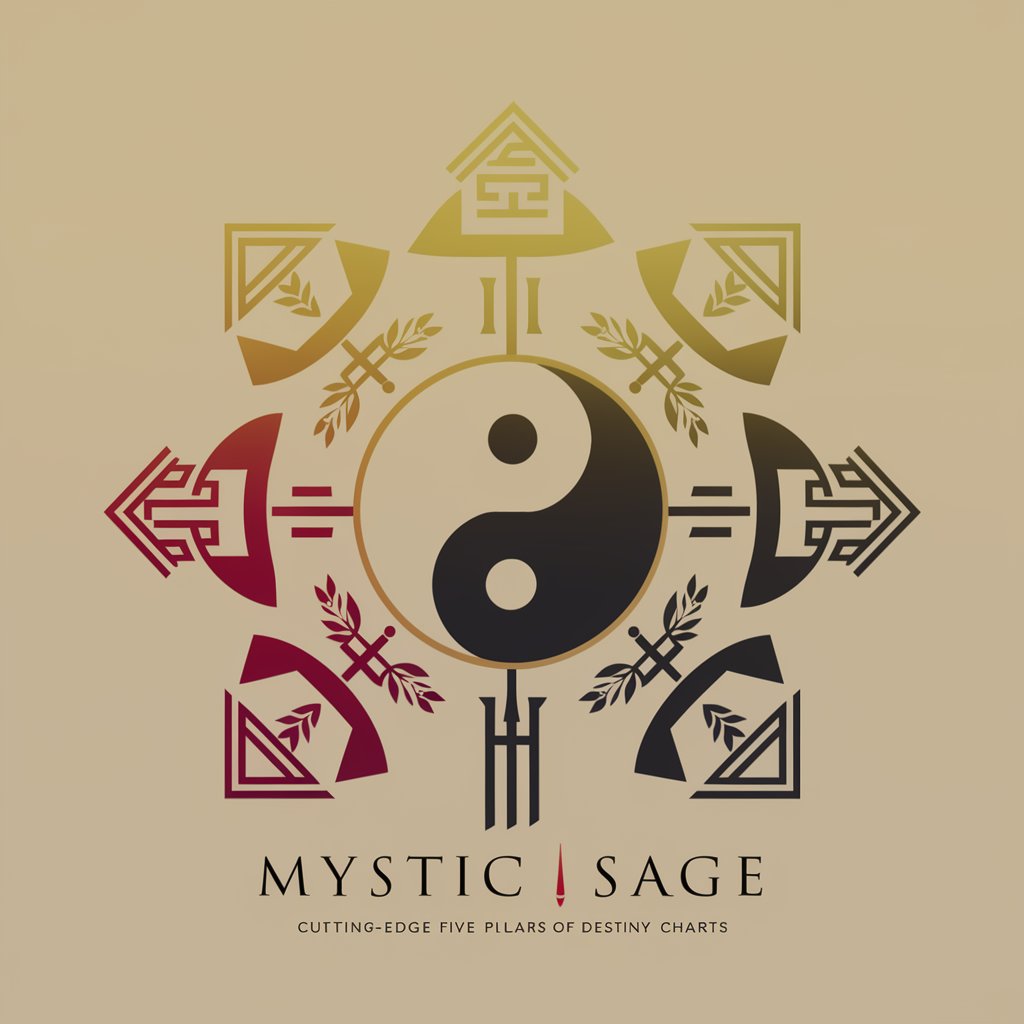
DIY Assistant
AI-powered DIY guidance at your fingertips
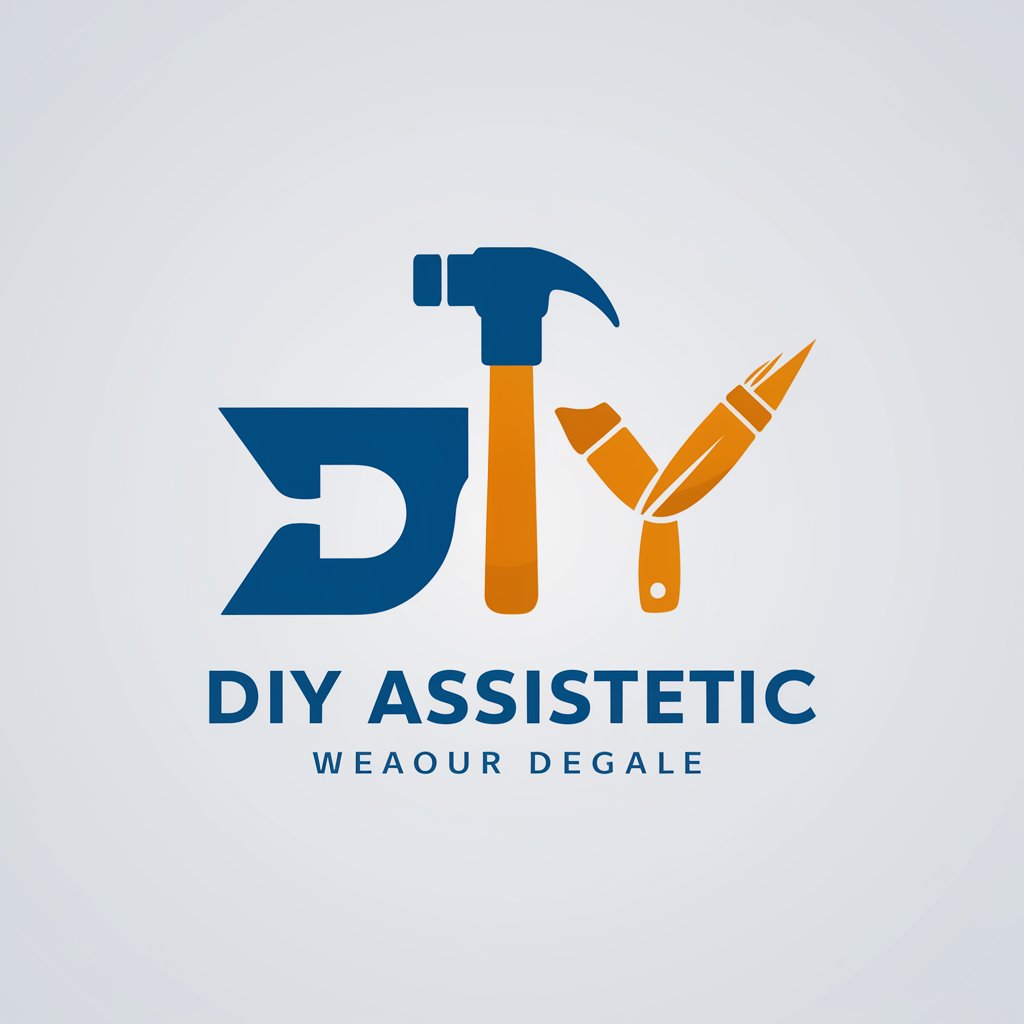
English-Chinese Asistant
Bridging Languages with AI Power

Patent Pro
Empowering Innovation with AI-Driven Patent Drafting

存储测试专家
Optimize testing with AI-powered analysis

Stable Diffusion GPT
Empowering Communication with AI
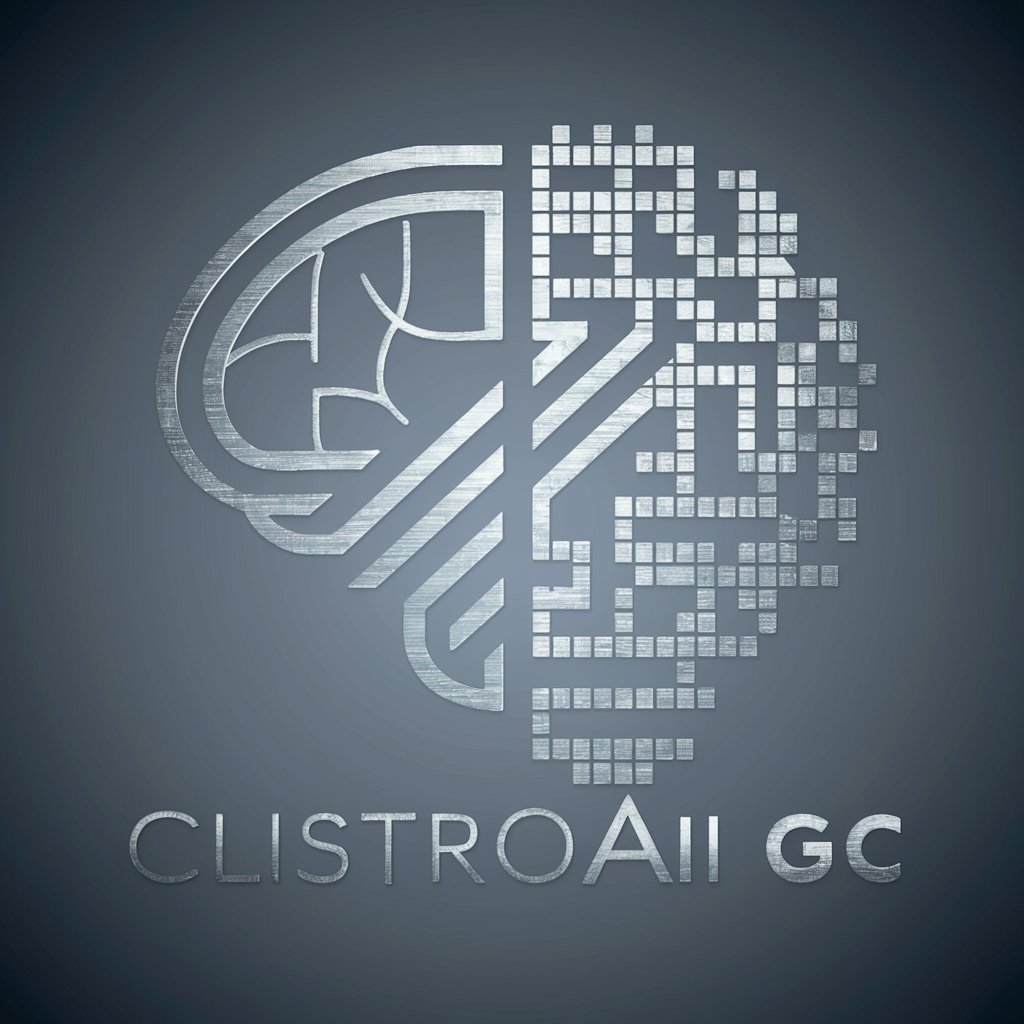
Anki Wizard 🧙🏻♂️
Revolutionize Learning with AI-Driven Flashcards
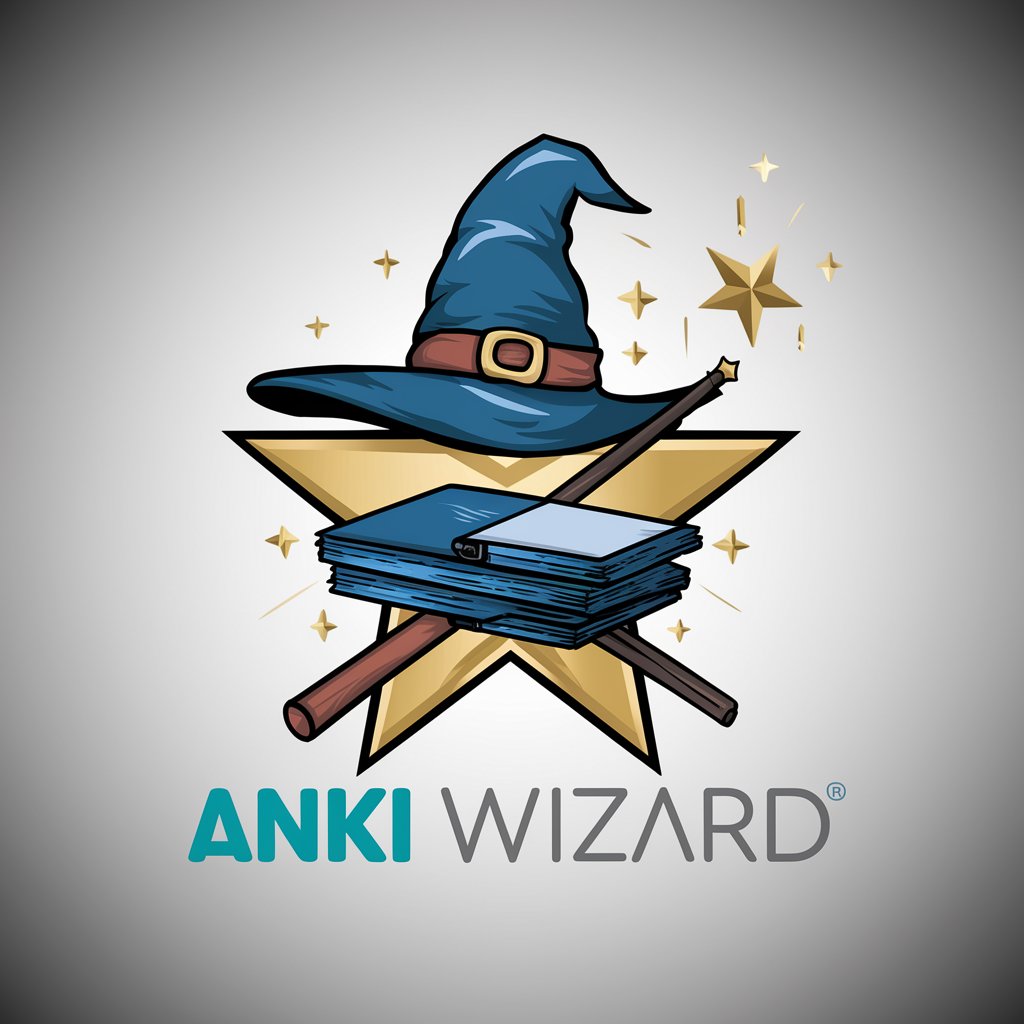
Simple English Translator
Translate effortlessly with AI-powered simplicity
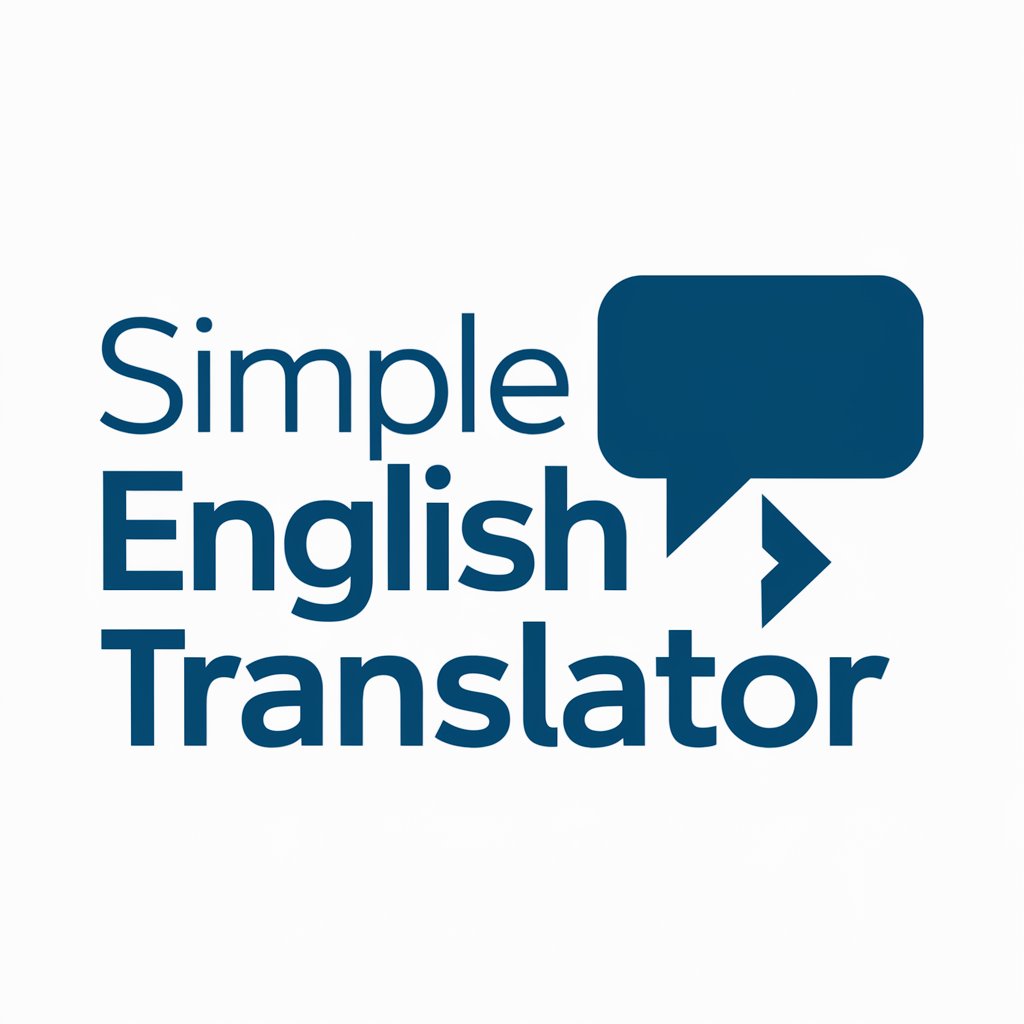
Project Planner Pro
Streamlining Project Success with AI

ChefChef
Culinary creativity at your fingertips.
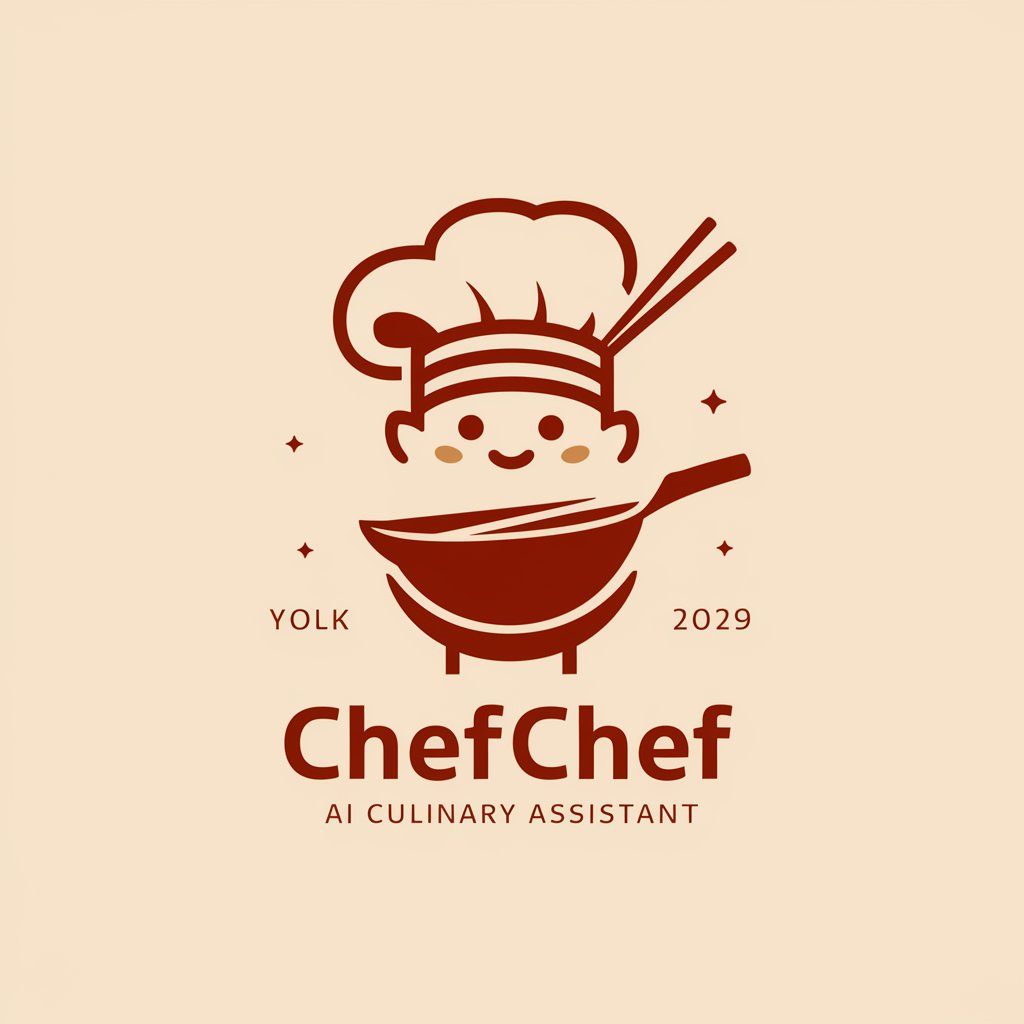
Frequently Asked Questions about Image to Code GPT
Can Image to Code GPT handle complex web designs?
Yes, it can convert complex designs into code, but the accuracy depends on the clarity and detail of the submitted image.
Does it support responsive web design?
While the tool can generate code for responsive designs, the responsiveness level largely depends on the submitted design's adaptability.
Can I use any CSS framework with this tool?
Yes, you can specify any CSS framework of your choice, and the generated code will be tailored to that framework.
How do I incorporate dynamic content with the generated code?
The tool provides a static code base. For dynamic content, you'll need to integrate it with your backend or JavaScript framework.
Is there support for debugging or code optimization?
The tool doesn't offer direct support for debugging or optimization. It's recommended to review and refine the code manually after generation.
